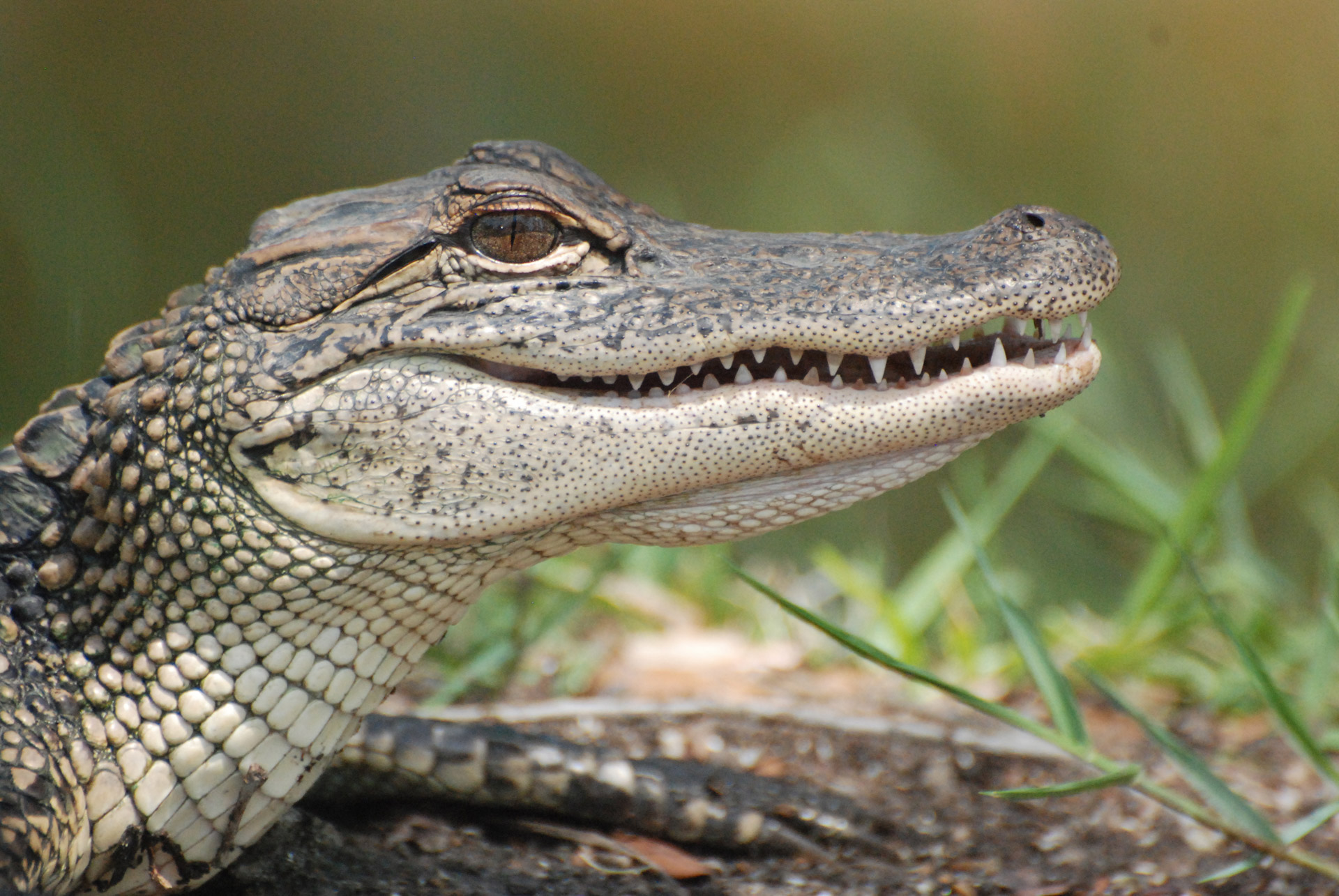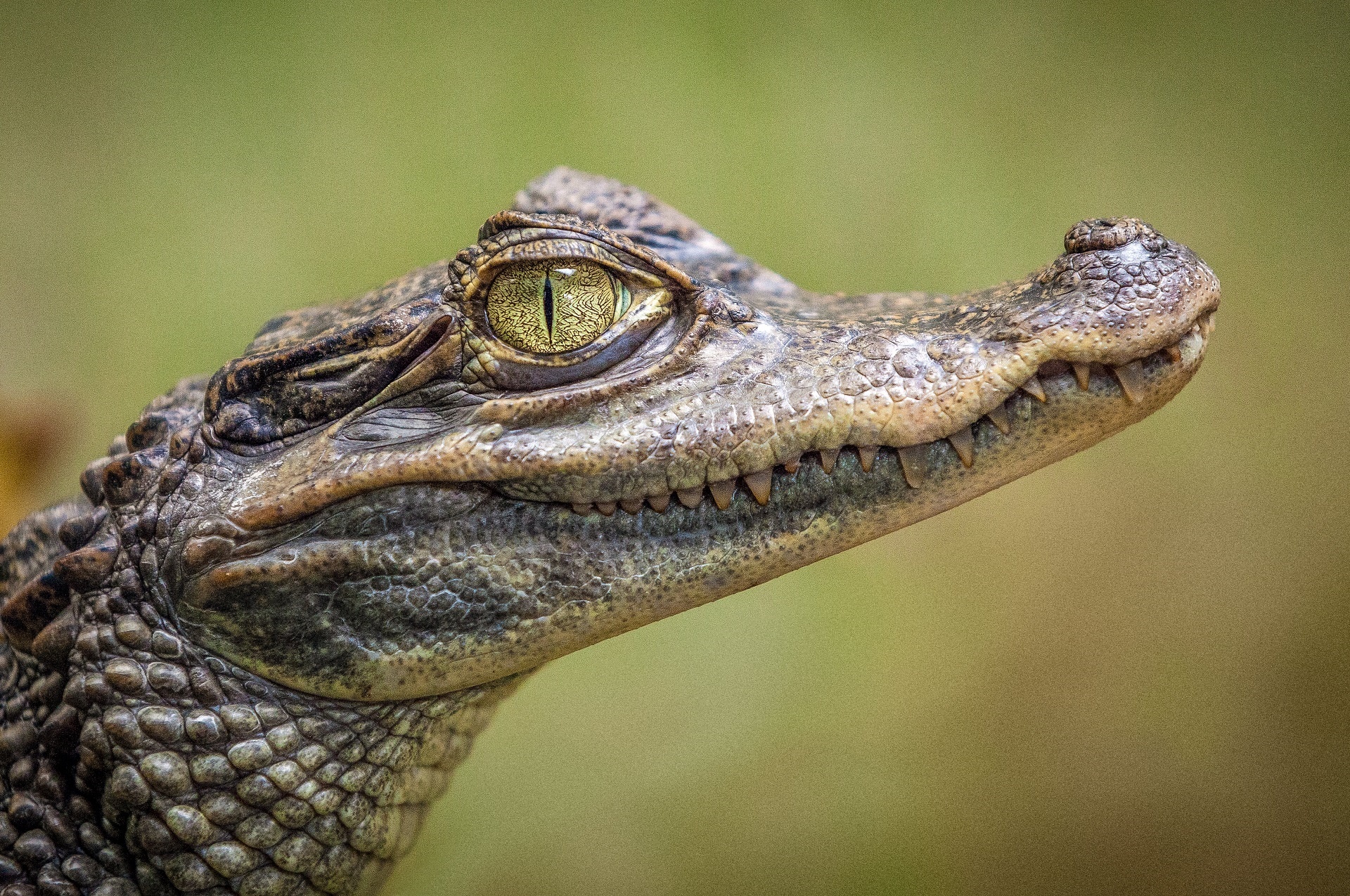Aligator
2 a la 5 az év divatszíneAlligator - Wikipedia. An alligator or colloquially gator is a large reptile in the Crocodilia order in the genus Alligator of the family Alligatoridae.The two extant species are the American alligator (A
telegondola sinaia 1400 2000 as roma vs real sociedad statisztikák
. Alligators first appeared during the Oligocene epoch about 37 million .. Alligator | Description, Habitat, Size, Diet, & Facts | Britannica. Learn about alligator, a large reptile with powerful tails and broad U-shaped snoutpizza vera ese historike nga faik konica
. American alligator - Wikipedia. American alligator aligator. The American alligator ( Alligator mississippiensis ), sometimes referred to colloquially as a gator or common alligator, is a large crocodilian reptile native to the Southeastern United States and a small section of northeastern Mexico. It is one of the two extant species in the genus Alligator, and is larger than the only .. 15 Amazing Facts About Alligators - Treehugger. Learn about the ancient, powerful, and diverse reptiles that are alligators, from their eyes to their teeth, from their diet to their sex. Discover how they live in wetland habitats, how they grow, and how they adapt to different climates and threats.. American alligator | Smithsonians National Zoo and Conservation .. Learn about the American alligator, a large crocodilian with an armored body, short legs, a muscular tail and a long, rounded snout. Find out its native habitat, food habits, social structure, conservation status and more at the Smithsonians National Zoo.. American Alligator | National Geographic. American alligators reside nearly exclusively in the freshwater rivers, lakes, swamps, and marshes of the southeastern United States, primarily Florida and Louisianaunde se gaseste paladiu 300 000 рублей в тенге
. Heavy and ungainly out of .. Alligator (American) - Facts, Diet & Habitat Information - Animal Corner. Learn about the American and Chinese alligator, two living species of crocodilian reptiles with four legs and a long tail. Find out how they differ from crocodiles, what they eat, how they reproduce, and where they live in the USA and China.. 21 Amazing Alligator Facts - Fact Animal. Learn about the alligator, a modern-day dinosaur that can regrow its tail, build nests, and communicate with sounds aligator. Find out the difference between American and Chinese alligators, their conservation status, and some amazing facts about their behavior and adaptations.. Alligator - Description, Habitat, Image, Diet, and Interesting Facts. Learn about the Alligator, a large reptile with a u-shaped snout and thick body aligator. Find out the differences between the American and Chinese species, their distribution, diet, behavior, reproduction, and conservation status. Discover how these animals interact with humans and why they are not good pets.. Facts About Alligators | Live Science aligatoreyüpsultan posta kodu all star tratorado
. Learn about the two species of alligators, their size, habitat, behavior, diet, reproduction and conservation status. Find out how to tell them apart from crocodiles and other reptiles, and discover some interesting facts about their life cycle and adaptations.
与田祐希 ジム crested crane academy school fees
. Alligators are very large reptiles, with males growing up to 4.5 meters in length. The female Alligator tends to be slightly smaller, with a total body and tail length of between 3 and 3.5 meters. The Chinese Alligator is a much smaller species, almost half the size of a female American Alligator. Alligators have an armour-plated body that .. American Alligator - Facts, Diet, Habitat & Pictures on aligator. - Animalia aligator. The American alligator ( Alligator mississippiensis) is a large crocodilian reptile native to the Southeastern United States. It is one of the two extant species in the genus Alligator, and is probably the largest species within its family Alligatoridae; it is larger than the only other living alligator species, the Chinese alligator. Di.. American Alligator | Louisiana Department of Wildlife and Fisheries. Alligators range from central Texas eastward to North Carolina aligatorgolden star 優之良品
. Louisiana and Florida have the largest alligator populations—there are more than one million wild alligators in each state. Although alligators can be found in ponds, lakes, canals, rivers, swamps, and bayous in Louisiana, they are most common in our coastal marshes.. American Alligator - National Geographic Kids aligator. Learn about the American alligator, a reptile that lives in the southeastern United States and is related to crocodiles aligator. Find out how it was once endangered, how it reproduces, and how it adapts to its aquatic habitat aligatorفندق شيراتون الخالديه 7 formes de banques
. See stunning photos of its size, color, and behavior.. Alligator Facts | FWC - Florida Fish and Wildlife Conservation Commission. The American alligator is classified by the US Fish and Wildlife Service as similarity of appearance to a threatened taxon. This listing provides federal protection for alligators but allows state-approved management and control programsheydər babaya aid şeir verbes anglais finissant par o
. This listing has been adopted by the State of Florida. Alligators can be legally taken only by individuals . aligator
hibiscus dakar anam ad günün mübarək
. Despite its propensity for cannibalism, the alligator cares for its young aligator. After a surprisingly slow and tender courtship, females build a . aligator. Alligators vs. Crocodiles: 10 Surprising Differences - Reptile Direct aligator. As a whole, crocodiles tend to be stronger than alligators. The reason for that comes down to sheer size and behavior. Crocodiles can be several feet bigger than alligators while weighing nearly twice as much. Their sheer muscle mass produces more strength compared to a gator.. Alligator - North Carolina Wildlife Resources Commission aligator. At its February 2018 meeting, the North Carolina Wildlife Resources Commission (NCWRC) adopted a rule to allow limited take of American alligators (H6) as prescribed by the North Carolina Alligator Management Plan (Plan). In accordance with the Plan, hunting for American alligators will initially be limited to population reduction hunts at the request of cities, towns, and villages within .. Alligators Are Now the Largest Species Known to Regrow Severed Limbs. Alligators Are Now the Largest Species Known to Regrow Severed Limbs. Young gators can sprout new tails that can reach up to nine inches, helping them survive through their juvenile years.